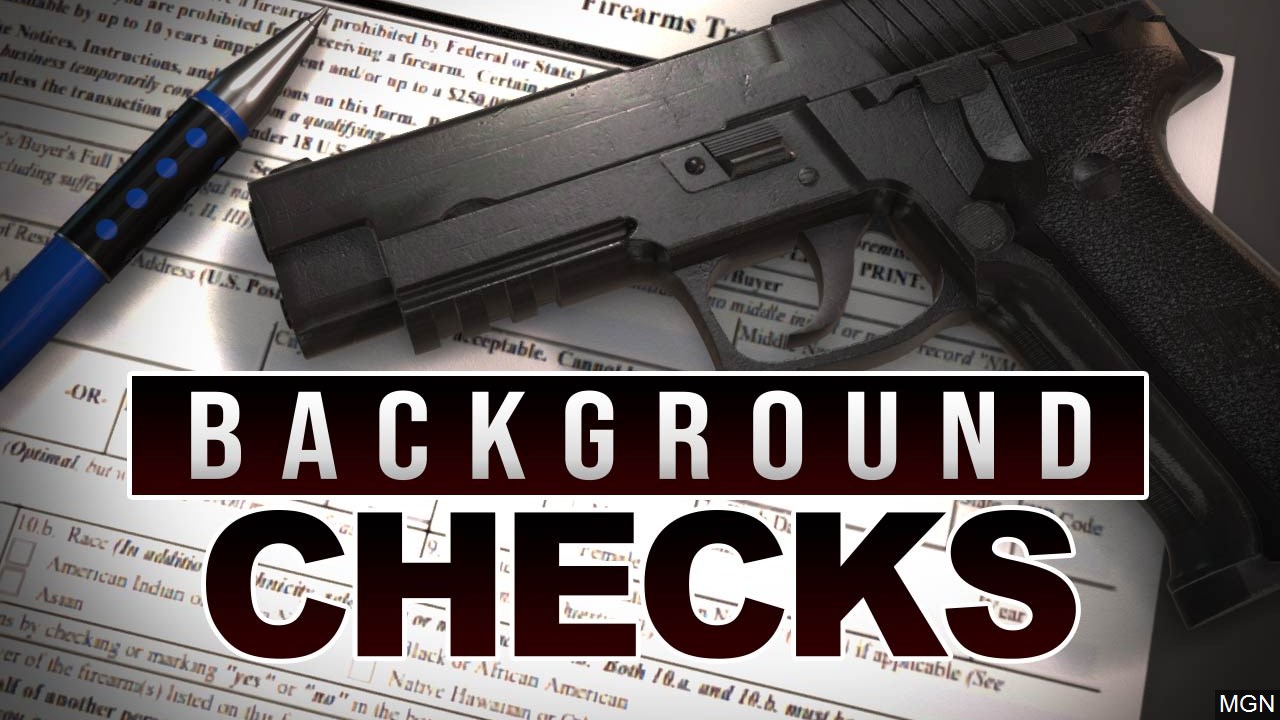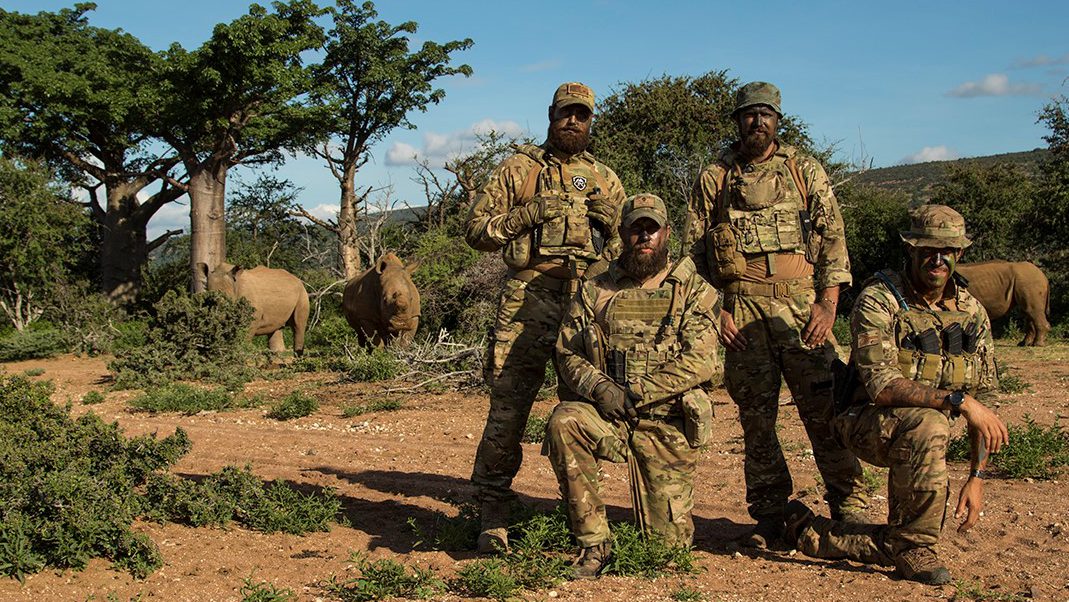
The benefits of a good shooting range are numerous, but some of the more important factors include a high-quality Control booth, a state-of-the-art lighting system, and Spinner type targets. Continue reading to find out more about the top-notch features of a shooting range. There are some other important considerations to make when designing your shooting field. We'll cover some details once you have made your selection.
Control booth
A control booth, which is located in the indoor shooting area, houses the main controls. The control booth houses the fundamental controls of an indoor shooting range, including lighting, security, and communications. Each control is operated by a designated official. The control booth has unobstructed view of the firing lanes. It is typically made up of a concrete cube and bulletproof windows. The control booth lighting can be manually controlled. Also important is to ensure that all safety equipment is in place at the shooting range.
Downrange lighting system
A Downrange lighting system is essential for shooting on yards. These lights can be activated by flipping the switch to the ON position. During this time, several strobe lights, along with a buzzer, will be activated. The lights will continue to flash until the COLD command gets acknowledged and the firing lines are secure.
Spinner type targets
The MGM Spinner Target, the most popular target for yards shooting ranges, is the MGM Spinner Target. The two plates of steel that make up the spinner targets are joined by a crosspiece. The plates will spin around a spindle once they are impacted. They then rest vertically. To shoot spinner targets, one must hit each plate until it completes its rotation. Additionally, spinner targets can't be used with sharp-nosed bullets.

Air supply system
There are many factors to consider when designing an indoor air supply system for a shooting range of yards. The air supply system should meet the requirements set forth by OSHA and EPA. The air supply system should provide at least 50 fpm of air flow behind the firing line. Ideally, the supplied air inlets are placed at least 15 feet away from where the shooter is located. The range facility must also be maintained at a slightly negative pressure in order to prevent contaminants escaping. The exhaust air should be at minimum 10 percent higher than that of the supply.
FAQ
What information do I need about hunting?
To hunt successfully, it is important to know how the animal moves, how its habits are and how to avoid getting hurt.
It is important that you are familiar with your state's hunting laws. Some states allow certain types of hunting while others prohibit it completely.
Other factors include terrain and weather conditions.
When you decide to pursue this hobby, you should consider whether you want to hunt alone or with friends and family.
Hunting with a partner is a preferred option for most hunters. Because this helps you stay focused on your goal. If you are by yourself, you might miss your shot.
Hunting takes a lot preparation. To hunt at the best places, you will need to plan.
You will also need to prepare your weapons. Before you leave for home, make sure to clean and check that your guns are functioning properly.
Hunting is a sport that requires proper clothing. Dress appropriately for the weather conditions and terrain.
Be sure to have plenty of water and food. Also, be sure to have additional ammunition and supplies in case of emergency.
You should never leave anything behind. You might lose it or damage it.
If you're ready to hunt, it is important that you choose a location with no predators.
The government has set guidelines. These regulations are for both humans and wildlife.
How many Americans are dependent on hunting?
The United States has more than 300 million hunting dogs. This means that there are almost twice as many hunters in America than people who live in New York City.
Hunting is a American pastime that has existed for hundreds of years. However, today's hunters are less common than ever. According to U.S. Fish & Wildlife Service(FWS) says that only 2 per cent of the population hunts on a regular basis. That number is even lower among young adults.
But while hunting may seem like a relic of another time, it remains popular among older generations. A recent survey revealed that 68% of baby boomers want to hunt again once they retire. Hunting is for them a way to enjoy the outdoors and connect with nature.
Hunting is not a priority for younger generations. According to the National Shooting Sports Foundation (NSSF), only 18% consider themselves to be avid shooters.
FWS has been working hard to preserve America's wilderness places for everyone to enjoy.
The agency launched "Wild Lands", a campaign to raise awareness of public lands across the nation in 2014. It is intended to raise awareness and encourage people visiting these areas to preserve them.
Conservation efforts are encouraged through Wild Lands. FWS and National Rifle Association partnered to create Project Gunter, which is a youth shooting sports program. This program teaches children safety with firearms and helps develop skills like marksmanship, safety, and shooting.
Project Gunter is now expanding to women and minorities. This has led to more children learning how to use guns and becoming active participants in wildlife conservation.
What type of training does it take to become an experienced hunter? What's the time commitment?
An introduction course is necessary to learn how hunting works. This course teaches you about different types of game and gives you information about the laws surrounding hunting.
You will learn how to properly handle firearms and ammunition. Instructions will also be provided on how to safely use these weapons.
This course lasts anywhere from two weeks to three months. Some courses are offered online. Other courses are available in person.
You must pass a written exam to be eligible for a license. You may also need evidence that you have taken a hunter-education course.
What does it cost to be licensed? What happens if I don’t have enough money to pay for licensing?
The cost to get licensed depends on where you live. It costs between $20 and $100.
You may be able apply for a loan or grant if money is tight.
To pay the tag fee, you must also pay the fee. You can choose the type of game that you want to hunt and how much it will cost. Tag prices vary.
There are tags available for bear, elk and moose as well as waterfowl, upland birds and furbearers, such as foxes.
Some states require you register at the Department of Natural Resources before applying for a license.
Before you begin hunting, check local regulations to ensure you are following all rules and requirements.
What is the cost of becoming a hunter?
Hunting costs can vary depending upon where you live.
Some areas may require you to pay a modest membership fee in order to have access to public lands.
Some states require you to have a permit or license before you are allowed to hunt.
The type of firearm used will affect the price of hunting. A rifle will usually cost more than a gun.
A license can cost anywhere from $10 to $50. You might need to purchase additional tags depending on the amount of hunting days you have.
Certain species require a permit to hunt. The size and type of animal you are hunting will impact the cost of your purchase.
For wild turkey hunting, you'll need to purchase a $150 tag.
Statistics
- According to the Wildlife Restoration Act, passed in 1937, most of the state conservation efforts are funded through hunting and fishing license sales and firearms sales. (stacker.com)
- Over the past 50 years, the number of hunting licenses in California has been on a rapid decline, falling 70% from more than 760,000 in the 1970s to under 268,000 in 2020—even as the state's population has skyrocketed, according to The Mercury News. (stacker.com)
- - Percent of residents with paid hunting licenses: 0.7%- (stacker.com)
- - Percent of residents with paid hunting licenses: 0.7%- (stacker.com)
External Links
How To
How to hunt wild hogs
Large animals, wild hogs can be found across North America, Africa and Asia. Wild hogs are omnivores; they eat vegetation and small animals such as rabbits, mice, birds, insects, and fish. They feed mostly at night. The gestation period is approximately six months. One piglet then emerges. A sow gives birth every two years. Although wild hogs are usually solitary, they can sometimes live in groups called herds.
Wild boars typically weigh around 200 pounds (90kg). Their head length is approximately 10 to 12 inches (30-25 cm), and their bodies range from 20 to 30 in (50-75cm). Wild pigs are long-legged, have broad shoulders and short tails. They have a thick layer under their skin of fat.
They are very sensitive to smell, hearing, sight, and touch. They use their senses to identify danger and find food. They can run up to 35 miles per hour (56 km/h) and jump distances of up to 15 feet (4 m). They are very sharp with their teeth and claws. They are aggressive when defending themselves against predators.
Hunting wild hogs is difficult due to their intelligence, speed, and elusive nature. Hunting wild hogs requires careful observation. If hunters shoot too early, the animal may escape. If hunters shoot too late, the animal may die before it reaches cover.
There are many methods of hunting wild hogs. The most common method of killing wild hogs is to shoot. This requires hunters to locate the animal and wait for it to arrive in range. Another method is trapping. The trapping method involves placing traps close to water sources that the hogs can drink. A trap may contain a scent lure such as peanut butter and corn meal. Once the trap is released, the hunter will shoot the trapped pig.
Snaring is another option. Snaring uses a noose made out of rope to catch the pig. It is most effective if the pigs are caught in its mating period.
Other methods include netting, spearing, and poisoning. To stop pigs from breathing, spearing and netting involve putting a spear or net through the neck of the animal. Poisoning involves injecting poison into the pig's body.
Wild hog hunters must be prepared to deal with the cold. In some areas, hunters wear snowshoes to keep warm. Hunting dogs can help hunters track their animals.